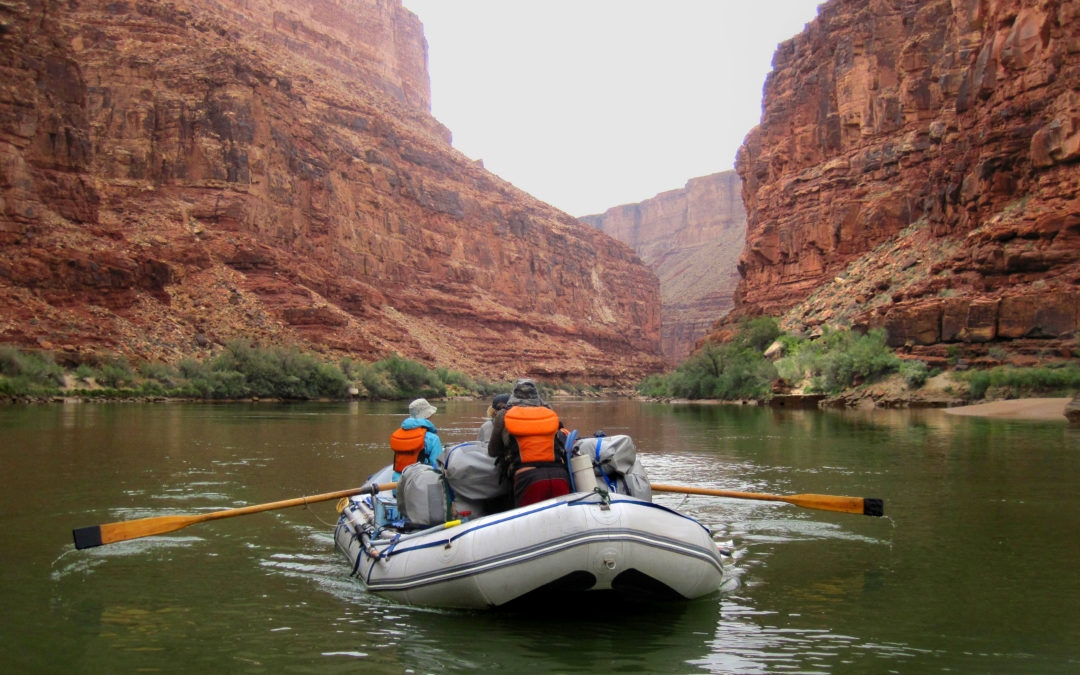4th graders in Arizona learn about the Grand Canyon. They learn that the Colorado River flows through it, and that it has been home to Native Americans for a long time, and still is. It’s also a great unit to use with students with intellectual disabilities because it is culturally relevant and easy to learn with proper supports in place.
I want to share a video of my son, Seve working with Lily using our Grand Canyon book. It provides a good example of the role photographs play in making information understandable. Students with an ID are not able to drum up a mental image of something new, like the Grand Canyon, based solely on a description. Creating a mental image requires the ability to pull together details to form a mental picture. But just picturing the Grand Canyon is not the end of the need for mental images…. Then, they need to hold on to the image of the Grand Canyon and manipulate that visual to add in the facts that are being taught. For example, if we want students to know that the Colorado River is at the bottom of the Grand Canyon, we need a picture of that. If we want them to know that people like to go rafting on the Colorado River, we need a picture of that. If we want them to know that people ride mules into the Canyon, we need a picture of that. If we want them to know that Native Americans live in the Grand Canyon, we need a picture of it. You can see why simply having one picture of the Grand Canyon at the top of a page and then all sorts of things written about the canyon is not meeting their needs.
You will also see in the video the way a map can be used to talk about the location of the Grand Canyon. A map serves as a visual that provides perspective on the location of the Grand Canyon. When students study a place, it’s very helpful to know where it is in relation to where they are.
Why are Photographs an Accommodation?
A photograph holds the concept being discussed in place externally for the student. That makes it possible for the student to learn more. It is an accommodation because it is something that is added that alters the format of the material, and makes it accessible to students with impaired working memory. It makes it possible for students to learn more.
What you will find, is that if you don’t have pictures to teach with, the student won’t likely remember details about the Grand Canyon. That is due to never fully filing a visual of the information you were teaching them. It’s not that they forgot, they never really knew it. As you watch this short video you can see how pictures are used to interact with during instruction.




